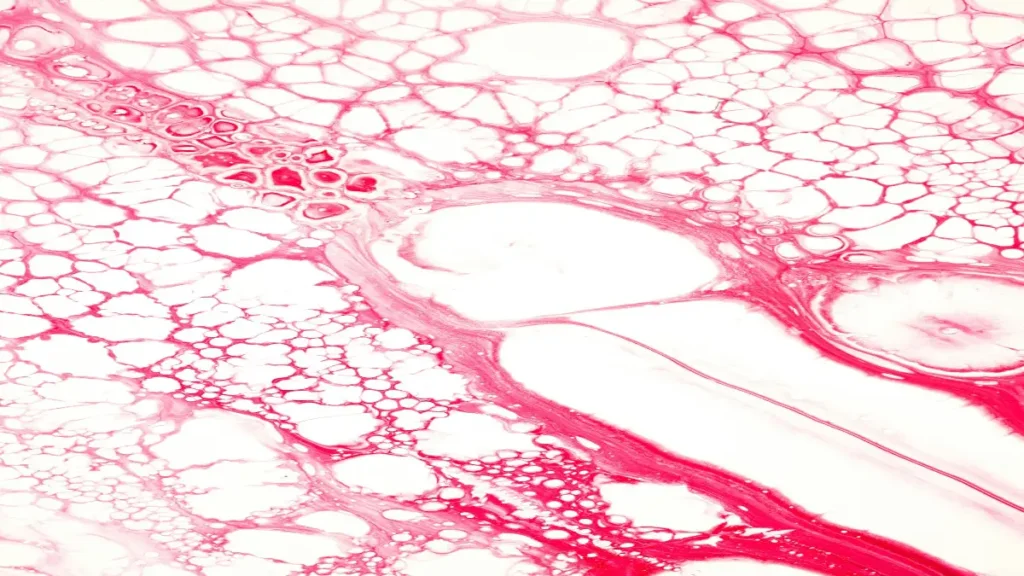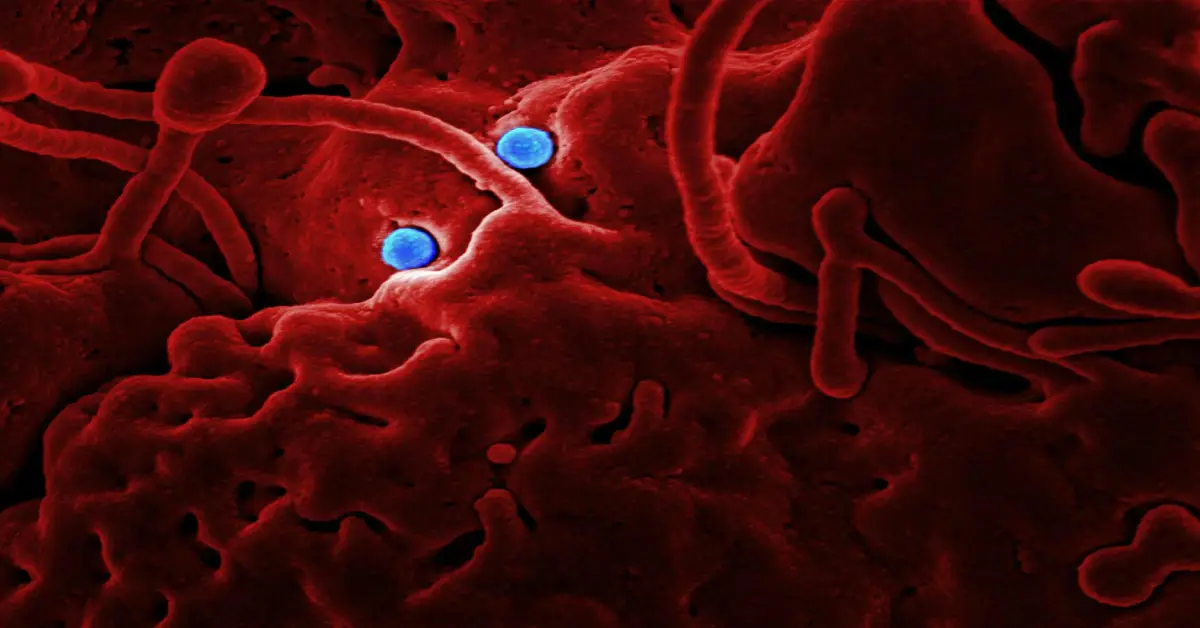Introduction
Sickle Cell Disease (SCD) is one of the most common inherited blood disorders in the world, yet it remains widely misunderstood. Affecting millions globally, especially individuals of African, Mediterranean, Middle Eastern, and South Asian descent, SCD presents lifelong challenges that impact health, education, and quality of life. This blog explores the basics of Sickle Cell Disease—what it is, how it affects the body, and why awareness and early diagnosis are crucial.
What is Sickle Cell Disease?
Sickle Cell Disease is a group of inherited red blood cell disorders. The most common form is called Sickle Cell Anemia. Normally, red blood cells are round and flexible, allowing them to flow easily through blood vessels. In SCD, however, the red blood cells become rigid and shaped like crescent moons or sickles.
These misshapen cells tend to stick to each other and to the walls of blood vessels, causing blockages that slow or stop the flow of blood. As a result, oxygen can’t reach parts of the body effectively, leading to severe pain and potential organ damage.
What Causes Sickle Cell Disease?
SCD is caused by a mutation in the gene that tells the body to make hemoglobin—the protein in red blood cells that carries oxygen. A person gets sickle cell disease when they inherit two sickle cell genes (one from each parent). If they inherit just one, they have what’s known as sickle cell trait, a condition that usually doesn’t cause symptoms but can be passed on to children.

Common Symptoms of Sickle Cell Disease
Symptoms of SCD usually appear in early childhood and can vary from mild to severe.
They include:
- Pain crises: Sudden episodes of pain due to blocked blood flow.
- Anemia: A shortage of red blood cells causes fatigue and weakness.
- Swelling: Especially in the hands and feet.
- Frequent infections: The spleen (an organ that helps fight infection) may be damaged.
- Delayed growth: Children with SCD often grow more slowly and reach puberty later.
- Vision problems: Blocked blood vessels in the eyes can cause complications.
How is Sickle Cell Disease Diagnosed?
SCD is typically diagnosed through a blood test. In many countries, newborns are screened for the disease at birth. Genetic testing can also determine if someone carries the sickle cell trait. Early diagnosis is key to managing the disease and preventing complications.




